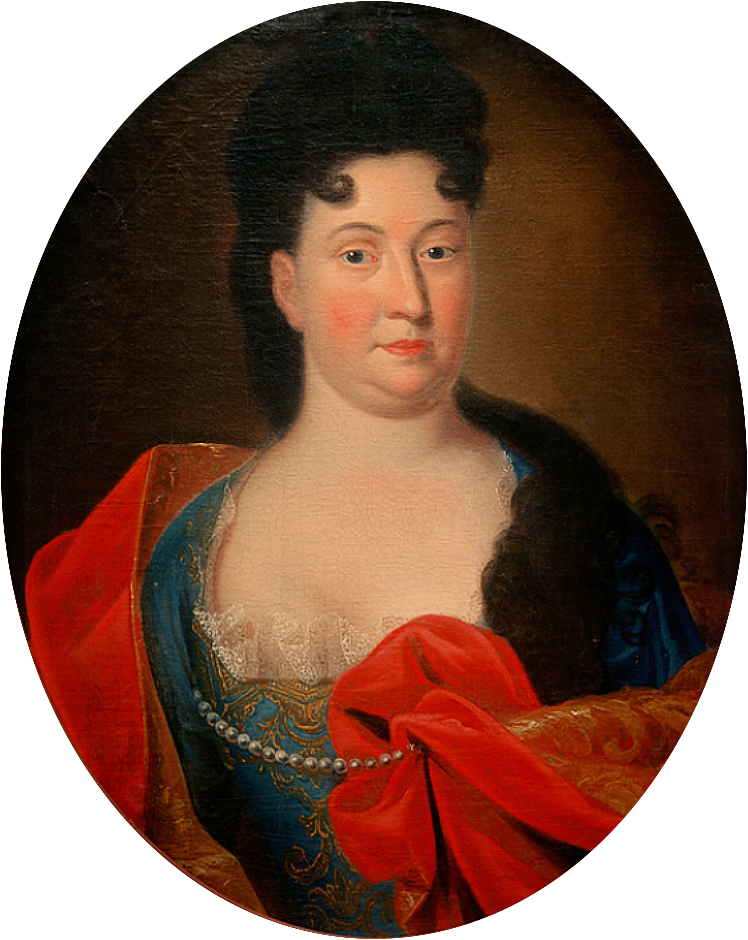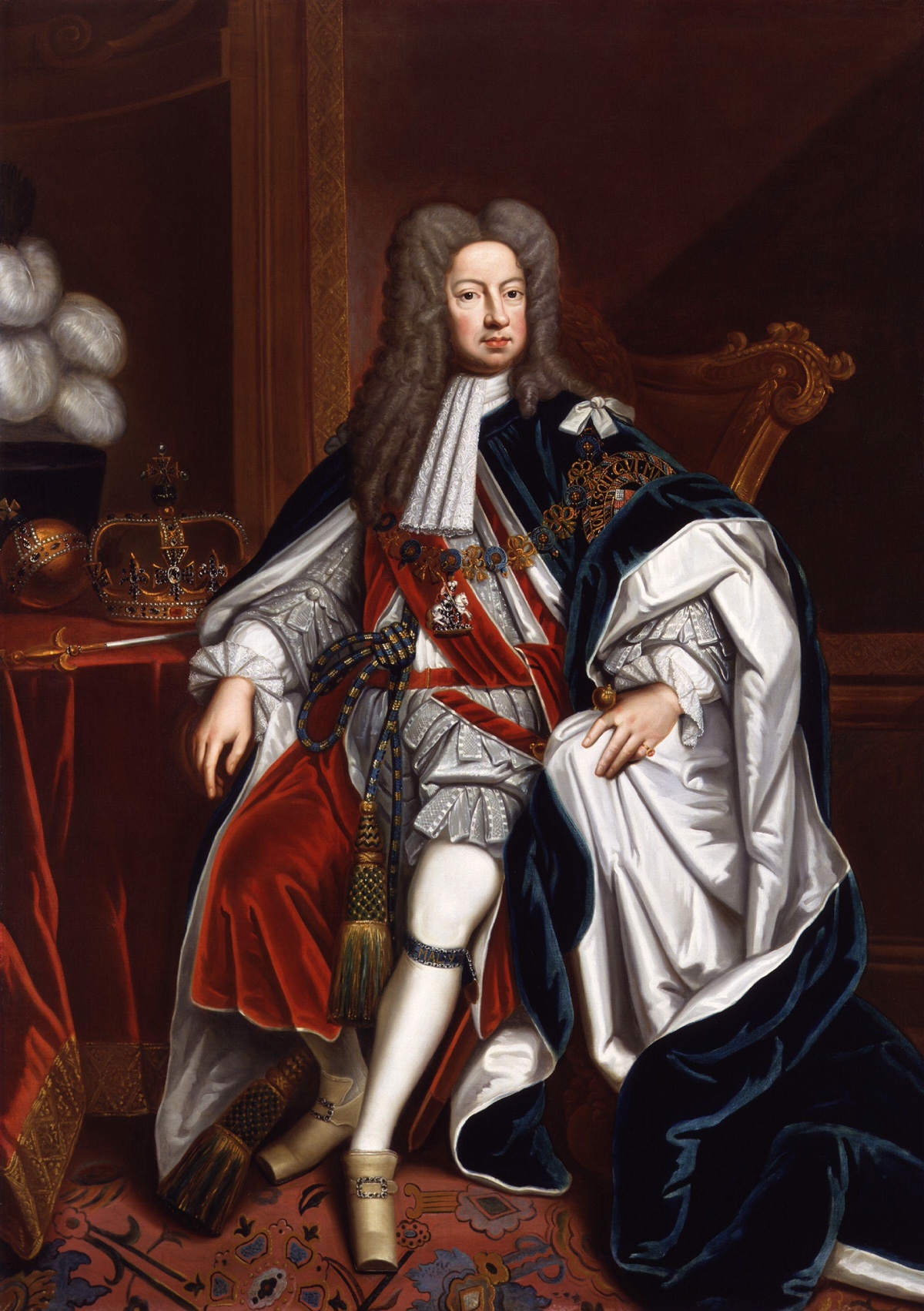Author Guest Post: Catherine Curzon
Melusine von der Schulberg: The Mistress Queen
In my new book, The Mistresses of George I & II: A Maypole and a Peevish Beast, I tell the stories of Melusine von der Schulenberg and Henrietta Howard, mistresses to George I and II respectively. Melusine supplanted George I’s wife, Sophia Dorothea of Celle, whom he eventually divorced and locked away for thirty years. Melusine was never a queen, but she was the most important woman in George’s life for decades, and bore him three beloved illegitimate children. She was true to him to his dying day.

It was a sickly George I who took a trip to Hanover in 1727, just months after the death of his former wife. She had succumbed to illness despite her former husband sending the best doctors money could buy to tend her. It wasn’t affection that caused him to offer help though, but the prediction of a fortune teller who warned him that, should Sophia Dorothea die, “he would not survive her a year”.
He forbade all mourning for his former wife and her coffin was left to languish in the basement of Ahlden House, the place where she had been imprisoned until her death. It was still there when Melusine woke with a start from a nightmare and told George that Sophia Dorothea’s vengeful spirit had visited her in her dream. She must be buried in her birthplace of Celle, the ghost had said, or she would never let George and Melusine rest. That was all it took, and the coffin was moved to Celle for burial in Sophia Dorothea’s family vault.

On their last trip to Hanover, as Melusine and George breakfasted at Delden, he complained that a supper of strawberries the night before had given him indigestion. Melusine was still unwell from the sea voyage and she told her partner to travel on, promising to join him later. Not long into the journey George complained of an uncontrollable tremor in his right hand and minutes later, he suffered a catastrophic stroke. He arrived at his brother’s home in Osnabrück near comatose, and died soon after.
In England, the news was given a Gothic slant. A rumour spread that that a black-garbed rider on an ebony steed had thrust a deathbed curse written by Sophia Dorothea through the window of the king’s carriage and that, upon reading it, he had collapsed and died. As the prophet had predicted, George Louis did not survive Sophia Dorothea by a year.
As soon as George suffered his stroke, a messenger was sent to summon Melusine. She set out at once, but arrived too late. By the time she reached Osnabrück, the king was dead. The news shattered Melusine.
Melusine had lost the man who had been her rock for thirty years.
For the first time in three decades, the Duchess of Kendal was alone. She returned to England a window without a wedding ring, and lived quietly with her surviving daughters at her side. Yet there was one final twist in this surprisingly Gothic tale.
Early in their relationship, George I had promised Melusine that even death wouldn’t keep them apart, and Horace Walpole believed that he had managed to keep his promise. As Melusine sat in her Thames-front home at Isleworth one evening, a vast black raven flew through the open window and settled at her side. From that day forward, the raven was Melusine’s constant companion. Once night fell and the house fell quiet, she could be heard talking to the bird deep into the night, just as she and the late king had spent their evenings together discussing the day that had passed. With her pampered and beloved raven at her side, Melusine mourned her beloved king for the rest of her life.

You can order The Mistresses of George I & II here.

